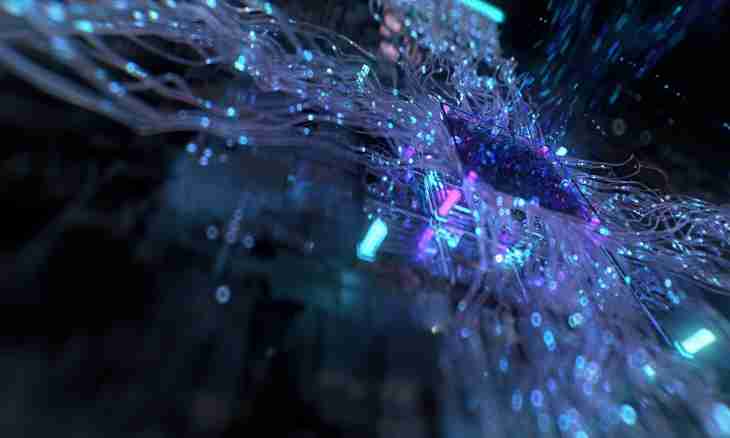Elementary particles are material objects which cannot be divided into components. Their sizes there are less atomic kernels, the largest of them call hadrons, they consist of two or three quarks. In total several hundreds of particles are known, the most part from them are hadrons.
Hadrons
Hadrons — the biggest class of elementary particles. All hadrons participate in strong interaction, as well as in all other types of interactions. These particles consist of quarks, the most known of them — a neutron and a proton. The hadrons consisting of a quark and an anti-quark are called mesons. Baryons are hadrons which part three quarks are.
Also treat hadrons: K-mesons, hyperons and other particles. All hadrons, except for a neutron, are unstable, they break up. Resonances call the hadrons which are breaking up due to strong interaction. Quarks and hadrons can take part in all interactions, leptons do not participate in strong interaction.
Fundamental particles
Besides hadrons there are unstructured particles — leptons, quarks, photons and some other. They are called fundamental, among them 6 quarks and 6 leptons are known. All of them have backs ½ and are fundamental fermions, divide them into three groups — generations, in each of them 2 leptons and 2 quarks.
Leptons
Leptons call group of the dot unstructured particles which are not participating in strong interaction. There are three couples of leptons: electron and electronic neutrino, muon and muonic neutrino and also tau-lepton and tau-leptonic neutrino. The reason of existence of three couples of leptons is not clear. Each couple is characterized by the leptonic quantum number which is called still leptonic aroma. Leptonic quantum numbers (aromas) remain in all observed reaction and disintegrations. At an electron and an electronic neutrino, a muon and a muonic neutrino, a tau-lepton and a tau-neutrino it is number equally +1, at anti-leptons the signs of leptonic numbers are opposite. The electron and a neutrino are stable, the tau-lepton and a muon are unstable, they break up to easier particles. The muon, an electron and a tau-lepton have the same negative charge, but their masses is various. Neutrinoes electrically are neutral and have zero or very small weight.
Fermions
U and d quarks and also an electron belong to particles of the first generation. All observed matter consists of them, quarks of u and d are a part of nucleons, atomic nuclei consist of nucleons. Atoms form kernels with electrons in orbits. Fermions possess to half-integer backs (1/2, 3/2, 5/2) and submit to statistics of Fermi-Dirac according to which the quantum numbers which are able with a certain set there can be only one fermion of this type.
Bosons
There are particles with backs 1, it is a photon, a gluon, bosons of Z and W and also about back 2 (graviton), call them fundamental bosons. Bosons serve as carriers of interactions. Particles exchange bosons in the course of various fundamental interactions — strong, weak, gravitational and electromagnetic.

